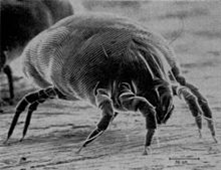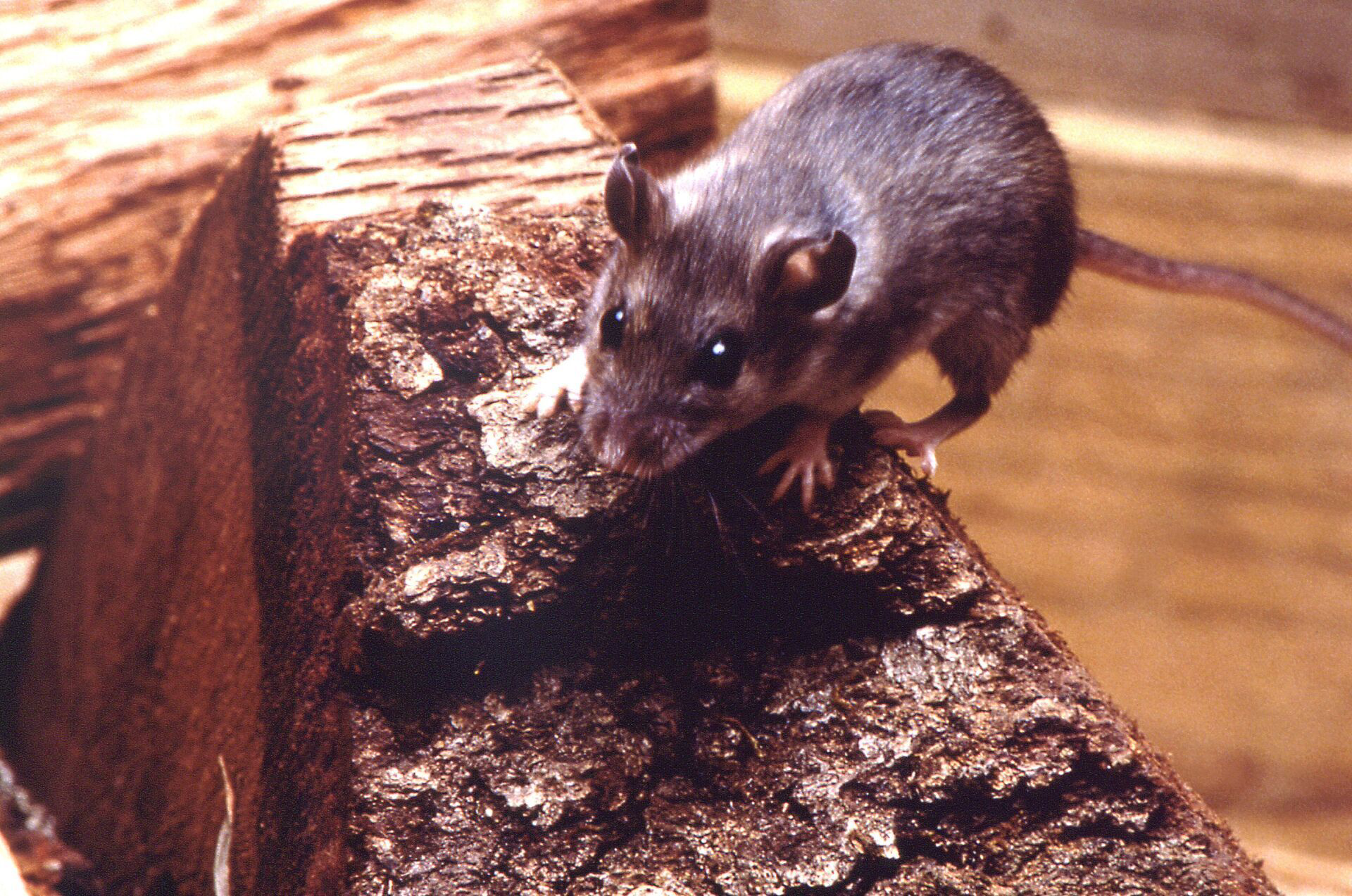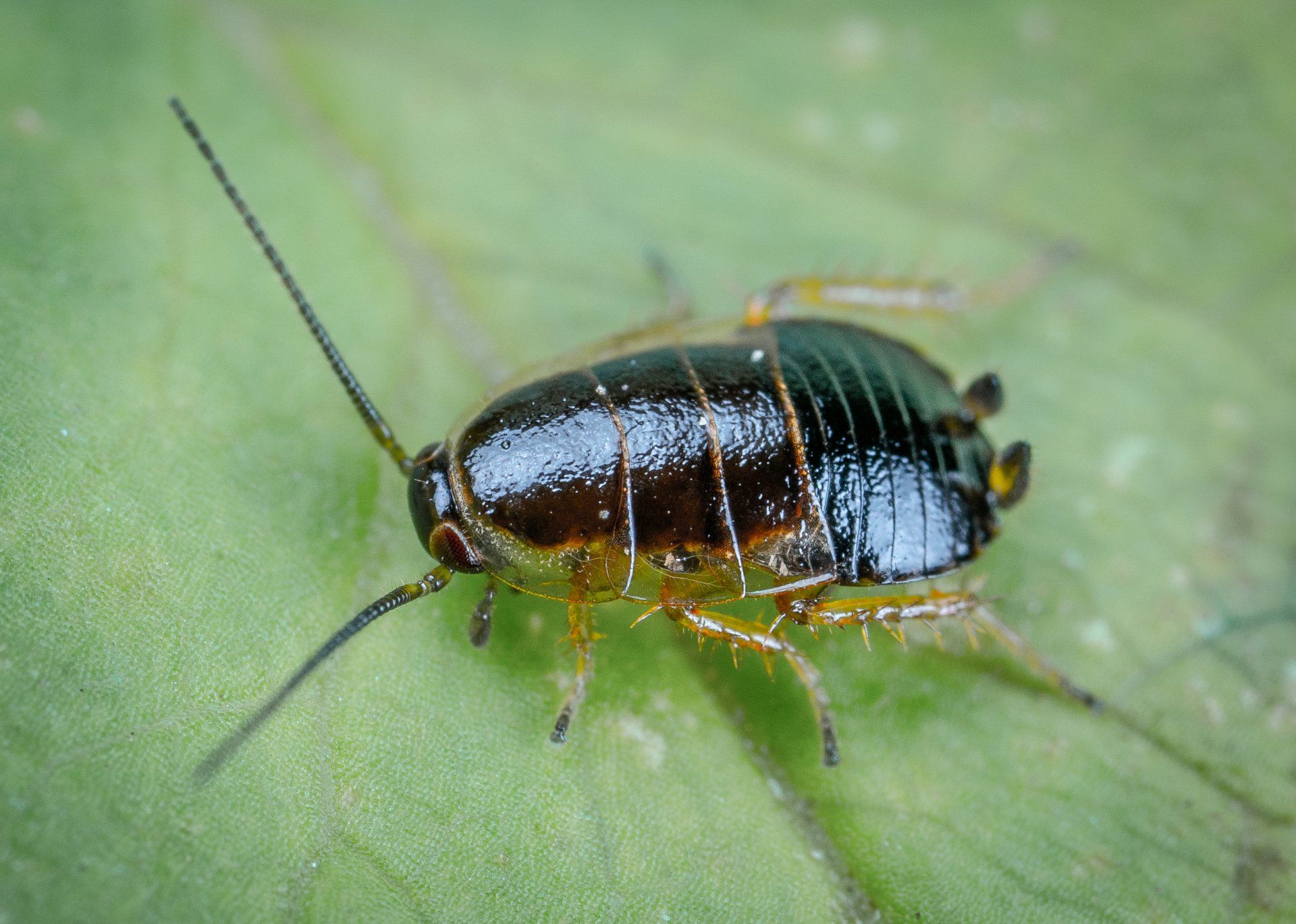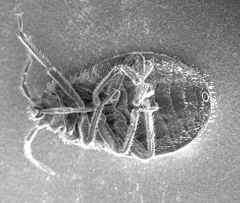Pests
Integrated Pest Management (IPM) Trainings
IPM training Safe Pest Control for you and Your Clients: sponsored by Revitalize CDC and led by Susannah Reese, manager of the HUD-funded StopPests in Housing Program based at Cornell University’s Northeastern IPM Center, since 2014.
Under her leadership, over 100 federally supported housing sites all over the country have received training and consultation on safe and effective pest control. Susannah herself has visited dozens of affordable housing sites across the country, bringing pest control solutions to some of the largest housing authorities in the country to some of the smallest rural tribal housing entities. Through trainings, consultation, and conference presentations she engages housing professionals and residents in finding solutions to pest control challenges. View webinars below:
Integrated Pest Management Part 1: Cockroaches & Rodents
Integrated Pest Management Part 2: Bed Bugs and Personal Protection
Integrated Pest Management Part 3: Working with Clients with Pest Infestations
Click here to download the slides to the presentations.
About
Pests can cause serious health issues. The chemicals people use to control them can make the situation worse by contaminating indoor air quality. To avoid additional health risks, you should use appropriate treatments, like integrated pest management, to eliminate pests.
Integrated Pest Management (IPM) not only addresses serious pest infestation, but works to prevent them. Grounded in the knowledge of the life cycle of the pests in question, IPM uses techniques to make sure a home is not an attractive place for pests to live by removing water, food, and sources of shelter. These strategies are combined with pest control methods that are less harmful to people, such as traps and bait stations.
Updated information from the MA Department of Public Health on pest control guidance:
For Owners:
- Pest Control Guidance for Occupants (English)
- Guía de control de plagas para inquilinos (Spanish)
For more languages please visit the DPH website
For Occupants
Risks

Dust Mites
Dust mites are microscopic creatures related to spiders and ticks. Dust mites eat dead skin cells, and thus, live in areas where dead skin cells are found such as fabric, bedding, furniture, and carpets. Dust mites cannot drink water, but rather absorb it from the air making humid environments ideal environment. When dust mites’ feces are breathed in, they can trigger asthma attacks. Some people are allergic to them and develop rashes, nasal congestion, itching, and sneezing. According to the National Center for Healthy Housing, exposure to dust mites can cause children who are predisposed to asthma to actually develop it.

Mice and Rats
Because mice do not have bladder control, when they run around in search of food they are constantly leaving behind a trail of urine. Many people are allergic to rodent urine. Other allergens come from rodent saliva, skin, and dander. Exposure to rodents is linked to increased asthma symptoms and can trigger asthma attacks. Also, although it is rare, rodents can expose humans to diseases such as hantavirus.
Cockroaches
Cockroaches are also known as “Waterbugs” and “roaches”. They can live a month without food, but only one week without water. Cockroaches live in tiny, dark, cluttered places near food and water. Kitchens are bathrooms are common locations to find roaches. Cockroach waste, saliva, and body parts pose significant health risks and can trigger asthma attacks
Bed Bugs
Bed bugs feed on blood, but can live for several months without a meal. They are small, flat brown insects. They can travel far distances, but generally stay within eight feet of where people sleep. They can be found on mattress seams, pillows, and upholstered furniture. Bed bugs may leave small red itchy marks on your skin, but some people don’t react at all.
Solutions
Pesticides are hazardous and only a short-term fix. They may kill some pests, but they do not address the root of the problem. While Integrated Pest Management (IPM) varies depending on the specific pest in question, the same general concepts are used:
Determine What Kind of Pest You Have and where They are Coming From
For some pests, like rodents and cockroaches, you may need to use sticky traps to determine where the pests are coming from.
Eliminate Food and Water Sources and Block Entry Points Into the House
All pests need food, water, and shelter. Make your home less attractive to pests by removing these.
- Eliminate food sources by cleaning frequently, storing food in sealed containers, and keeping the trash in a closed container.
- Eliminate water sources by fixing leaking faucets and pipes, and addressing excessive moisture issues. Learn more about moisture control.
- Eliminate access points by caulking or sealing cracks and holes in walls, cupboards, and around plumbing, electrical, and gas lines. Gaps can be sealed using steel wool or another pest-proof material.
Use traps and Baits First
If preventative measures do not seem to be diminishing the infestation, use traps and baits along with less-toxic dusts such as boric acid. Baits and boric acid are safer than pesticide sprays because they limit human exposure.
- Put the bait close to the pest’s hiding place.
- Do not spray any pesticides, as it will keep the pests away from the bait.
- Choose and use chemicals very carefully! Read the label to ensure you are using the product properly.






